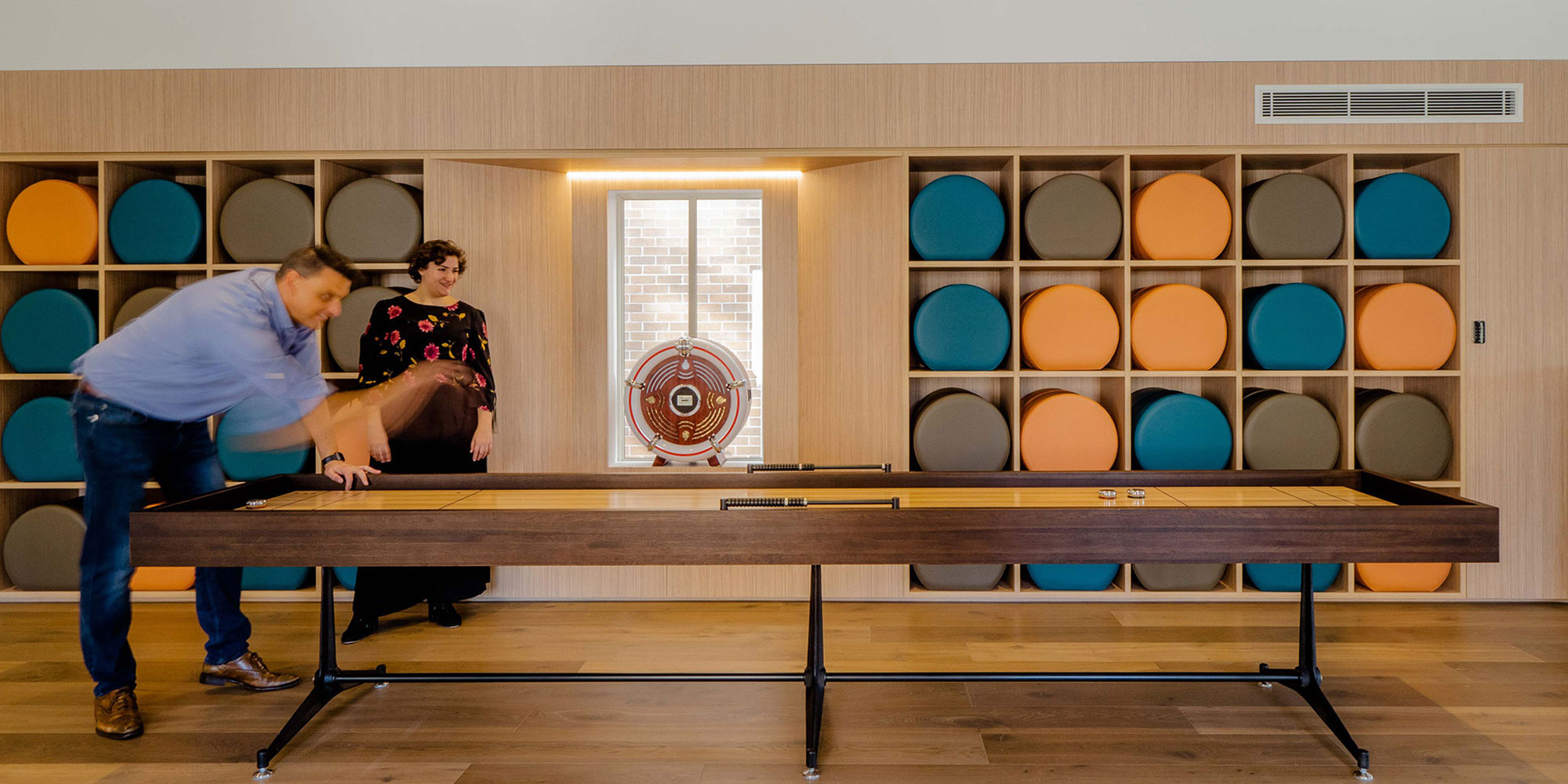This article has been submitted by Michael Easson, Chairman of EG. EG is the founder of the B.I.G. Foundation and developer of the Flour Mill of Summer Hill where the Little B.I.G. House is located. Without their support and access to this wonderful space, our work wouldn’t be possible.
The way in which mental health is talked about has changed dramatically over the course of my life. Growing up it was incredibly rare for people to discuss mental health issues. Not because mental illness didn’t exist, but because it was still considered one of societies great taboos. As a result, there was very little awareness around the issue or understanding of how it affects us.
More recently, there has been a growing awareness in healthcare, politics, school, and workplaces that mental illness is a real problem with great human and economic costs. Public figures from sporting greats to film stars have shared their own stories to help tackle some of the stigma and bring much needed awareness of issues such as depression, loneliness, and anxiety.
While we have come a long away in bringing mental health into mainstream consciousness compared to when I was growing up, mental illness is more pervasive than ever and remains buried away in silence for many sufferers.
The figures paint a stark picture. One in five Australians suffer from a mental illness in any given year and almost half the population has suffered a mental disorder in their lifetime. This means we are all likely to know someone who is nursing a mental illness – whether it is in our families, among friends, our workplaces, or broader communities.
Throughout COVID-19 social distancing, travel bans, and isolation have exacerbated feelings of loneliness and mental illness has become an even more acute problem. The pandemic contributed to a 20 per cent increase in calls to Lifeline Australia in 2020 alone. These figures are truly staggering and highlight the responsibility that lies with all of us to “do better” when it comes to addressing mental health.
The power of words
Within our homes, workplaces, schools and beyond, people are wanting to take action when it comes to mental health but are paralyzed out of confusion about what best to do. Many of us support worthy charities like Beyond Blue and Lifeline to throw our support behind these illnesses and drive positive change.
There are also several practical steps we can do in our day to day lives to help ease the social burden of mental health issues. Language is incredibly powerful and the way we talk about mental illness right down to the specific words we use matters immensely. It can have a big influence over how we perceive the issue and how we impact others.
I have spent some time thinking about the way we talk about mental health and have noticed there are some go-to saying we lean on to distance ourselves from the issue of mental health. Phrases such as “it won’t happen to me” and “people are just born that way” are not necessarily true or helpful. This type of language only adds to the isolation and ‘otherness’ of mental illness.
In our daily lives, whether at home or work, we must find ways to express ourselves and support one another using inclusive and non-judgmental language. By finding the courage to talk about our own mental health and encouraging others to do the same, we can all do our bit to ‘socialise’ mental health issues. This concept of ‘socializing’ mental health issues highlights the importance of establishing connected communities of people – something I am incredibly passionate about in my own line of work.
Building communities for mental wellness
We are in the business of building communities. We create places that connect people and bring our society together. Therefore, re-imagining work and communities to make them more homely, interesting, and engaging, is an urgent task. And that requires fresh thinking and initiatives, small and large, to tackle the challenge.
At EG, our we talk about our vision to ‘Build-In-Good’ (B.I.G) to all that we do. Building resilient and connected communities rests at the core of this philosophy. The most significant and long-lasting initiative that we can take as a company is through strengthening human connections, not just creating buildings.
In any property development or asset management strategy, it is necessary to look beyond the physical attributes of the environment and focus on the people. We can play an active role in establishing local networks of people that help break down barriers — so that locals, tenants, and residents get to know each other.
In doing so, we hope to contribute to improving people’s sense of connection and their engagement with one another when they need support. Some of the initiatives we have implemented at the Flour Mill in Summer Hill in Sydney seek to do just that. For example, we curated the formation of an organic food market which has brought people together and become a bi-monthly ritual for many residents.
Another example is the organising of jazz and musical performances connecting people and fostering connections over a shared love for music. A challenge we want to embrace in the future is how best to measure the effectiveness of such events, so that it is not only the anecdotal that guides us as we try to establish objective benchmarks and measurement of improvements in mental health and well-being.
A path to wellbeing
While we still have a way to go when it comes to this, I am confident the property industry is headed in the right direction. We need to continue to think about how we can shift the problem from being the personal anguish of an individual, to a society-wide challenge where we all have a stake in helping each other. Only by tackling the burden of mental illness together, as one connected community, can we break through these barriers and lift our collective wellbeing.



